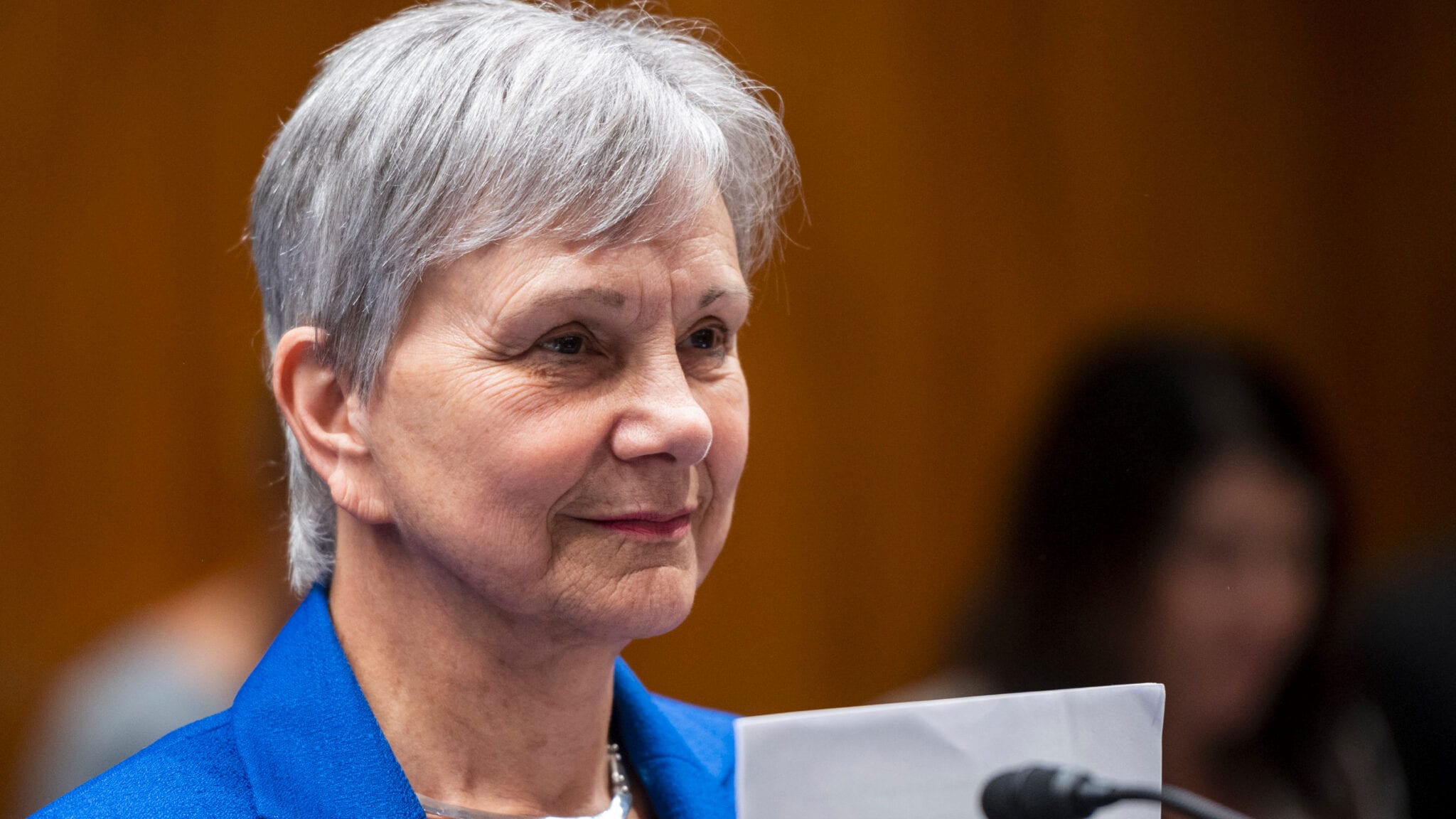
Janet Woodcock, acting FDA commissioner (Bill Clark/CQ Roll Call via AP Images)
FDA’s domestic biopharma inspections return to normal as agency faces backlog of 8,000+
For the first time since March 2020, the FDA’s inspections of US-based biopharma sites have returned to normal, FDA acting commissioner Janet Woodcock said Monday …
Sign up to read this article for free.
Get free access to a limited number of articles, plus choose newsletters to get straight to your inbox.